Home>Gardening & Outdoor>Landscaping Ideas>What To Grow Instead Of Grass
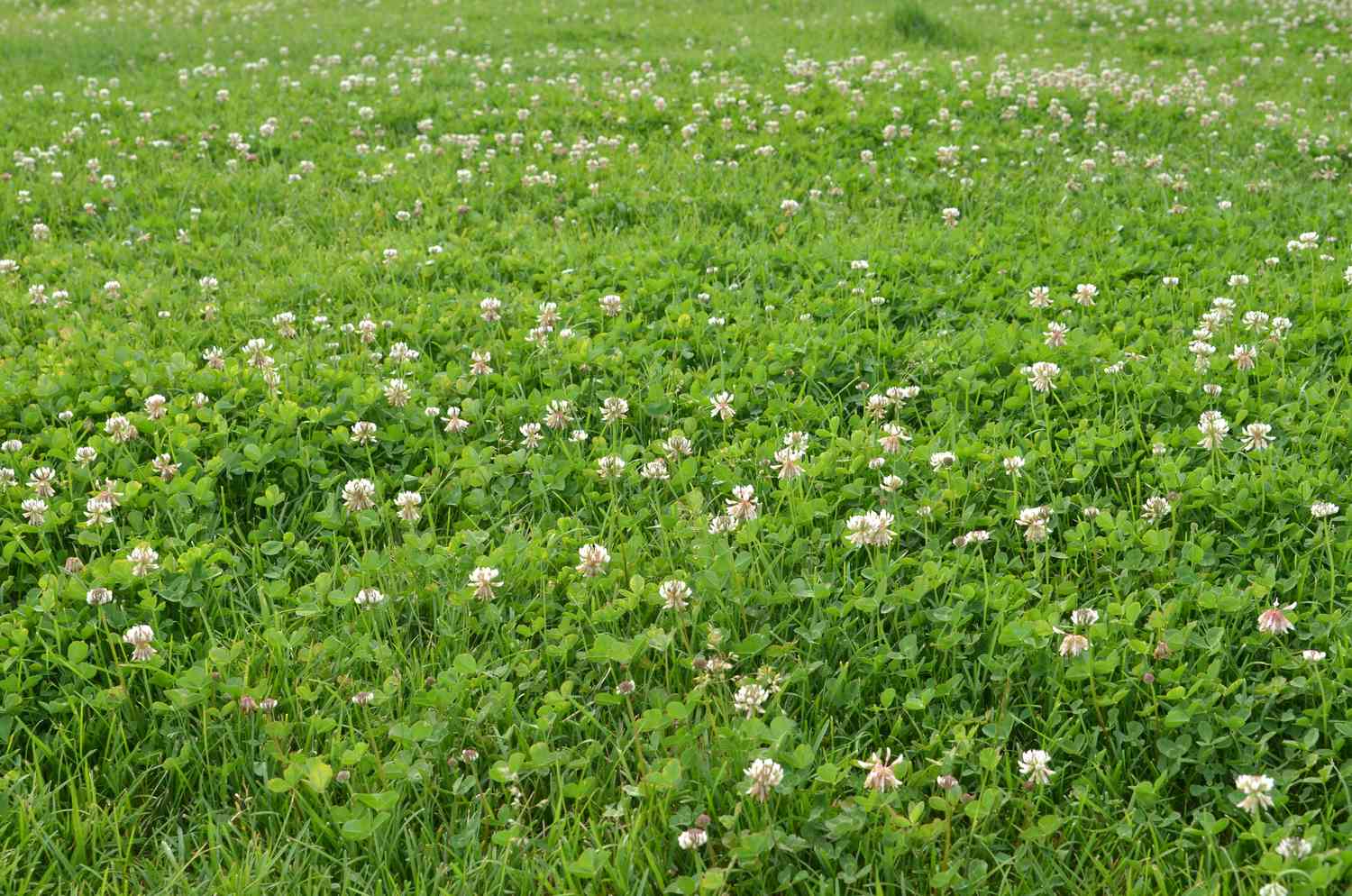

Landscaping Ideas
What To Grow Instead Of Grass
Modified: October 21, 2024
Discover sustainable landscaping ideas and alternatives to traditional grass lawns. Find out what to grow instead of grass for a beautiful and eco-friendly yard.
(Many of the links in this article redirect to a specific reviewed product. Your purchase of these products through affiliate links helps to generate commission for Storables.com, at no extra cost. Learn more)
Introduction
Welcome to the wonderful world of landscaping! When it comes to creating a beautiful outdoor space, the traditional grass lawn is not the only option. In fact, there are numerous alternatives to grass that can transform your yard into a vibrant and eco-friendly oasis. Whether you’re looking to reduce water consumption, minimize maintenance, or simply add visual interest to your landscape, exploring alternative ground cover options can open up a world of possibilities. From lush flowering plants to practical vegetable gardens, there are countless ways to reimagine your outdoor space. In this article, we’ll delve into the benefits of growing alternatives to grass and explore various options that can elevate the beauty and functionality of your landscape.
Key Takeaways:
- Embrace alternatives to traditional grass lawns for a vibrant, low-maintenance, and eco-friendly landscape. From flowering plants to vegetable gardens, explore diverse options to enhance your outdoor space.
- By choosing ground covers, flowering plants, and native species, you can create a visually stunning and environmentally conscious landscape. Embrace creativity and sustainability to transform your outdoor space.
Read more: How To Grow Clover Instead Of Grass
Benefits of Growing Alternatives to Grass
Choosing alternative ground covers over traditional grass lawns offers a host of benefits that can enhance both the aesthetics and sustainability of your outdoor space. Here are some compelling reasons to consider growing alternatives to grass:
- Water Conservation: Many grass alternatives require less water than traditional lawns, making them ideal for water-conscious landscaping. By reducing water consumption, you can contribute to conservation efforts and lower your water bills.
- Low Maintenance: Unlike grass, which often demands regular mowing, weeding, and fertilizing, many ground cover alternatives are low-maintenance, saving you time and effort in yard upkeep.
- Biodiversity: Diversifying your landscape with a variety of ground covers can attract beneficial insects, birds, and other wildlife, fostering a thriving ecosystem in your yard.
- Visual Interest: Alternatives to grass offer a spectrum of textures, colors, and forms, adding visual appeal and creating a dynamic, multi-dimensional landscape.
- Sustainability: Many grass alternatives are environmentally sustainable, promoting soil health, reducing erosion, and contributing to overall ecological balance.
- Cost-Effectiveness: Some ground cover options can be more cost-effective than maintaining a traditional lawn, as they often require fewer inputs such as water, fertilizer, and pesticides.
By embracing alternatives to grass, you can unlock a range of advantages that go beyond conventional lawn cultivation, creating a more resilient and captivating outdoor environment.
Ground Covers
Ground covers are an excellent alternative to traditional grass lawns, offering a diverse array of textures, colors, and growth habits that can transform your landscape. These low-growing plants provide a living carpet that not only reduces the need for mowing but also helps to control erosion and suppress weed growth. Here are some popular ground cover options to consider:
- Creeping Thyme: This aromatic herb forms a dense mat of tiny leaves and delicate flowers, creating a charming, fragrant ground cover that thrives in sunny locations.
- Creeping Jenny: With its vibrant chartreuse foliage, Creeping Jenny is a fast-spreading perennial that flourishes in moist, shady areas, making it an ideal choice for adding a pop of color to shaded spots.
- Creeping Phlox: Known for its stunning spring blooms, Creeping Phlox blankets the ground with a profusion of colorful flowers, making it a standout choice for rock gardens and slopes.
- Groundcover Roses: These low-growing roses offer the beauty and fragrance of traditional roses in a compact, easy-to-maintain form, providing enduring charm to your landscape.
- Alpine Strawberries: Perfect for edging pathways or filling in gaps, these petite, fruit-bearing plants create a lush ground cover while yielding delicious, tiny strawberries.
When selecting ground covers for your landscape, consider factors such as sunlight, soil conditions, and desired maintenance level to ensure the best fit for your outdoor space. Whether you opt for the subtle beauty of creeping thyme or the vibrant allure of alpine strawberries, ground covers can add texture, color, and character to your yard while minimizing the need for traditional grass.
Flowering Plants
Introducing flowering plants to your landscape not only infuses it with vibrant colors and captivating scents but also attracts pollinators, adding a touch of natural wonder to your outdoor oasis. From perennial blooms to seasonal bursts of color, flowering plants offer a diverse range of options to elevate the visual allure of your yard. Here are some delightful flowering plants to consider:
- Lavender: Known for its aromatic foliage and elegant purple flowers, lavender thrives in sunny, well-drained areas, adding a sensory delight to your landscape while attracting beneficial pollinators.
- Black-Eyed Susans: These cheerful, daisy-like flowers bloom from mid-summer to fall, bringing a burst of golden-yellow hues to your garden and providing a valuable food source for bees and butterflies.
- Salvia: With its striking spikes of blue, purple, or red flowers, salvia is a magnet for hummingbirds and butterflies, making it a dynamic and wildlife-friendly addition to your yard.
- Coneflowers: These hardy perennials produce bold, daisy-like blooms in an array of colors, attracting pollinators while adding a splash of long-lasting beauty to your landscape.
- Butterfly Bush: As its name suggests, this shrub is a butterfly magnet, boasting clusters of fragrant, nectar-rich flowers that create a captivating display and support local pollinator populations.
By incorporating flowering plants into your landscape, you can create a dynamic tapestry of colors and scents while providing essential resources for pollinators. Whether you opt for the soothing aroma of lavender or the vibrant allure of coneflowers, flowering plants can enrich your outdoor space with natural beauty and ecological benefits.
Consider growing low-maintenance ground covers like clover, thyme, or moss instead of grass. They require less water, mowing, and fertilizer, and can add visual interest to your yard.
Vegetable Gardens
Transforming part of your yard into a vegetable garden not only offers the opportunity to grow fresh, nutritious produce but also adds an element of practicality and sustainability to your landscape. Whether you have a spacious backyard or a compact urban plot, cultivating a vegetable garden can be a rewarding and enriching endeavor. Here are some compelling reasons to consider incorporating a vegetable garden into your outdoor space:
- Fresh, Organic Produce: By growing your own vegetables, you can enjoy a bountiful supply of fresh, organic produce right from your backyard, promoting a healthy and sustainable lifestyle.
- Connection to Nature: Tending to a vegetable garden fosters a deeper connection to the natural world, allowing you to witness the miracle of plant growth and gain a greater appreciation for the food we eat.
- Environmental Benefits: Vegetable gardens contribute to environmental conservation by reducing the carbon footprint associated with transporting and packaging store-bought produce.
- Customizable Design: Vegetable gardens offer endless design possibilities, allowing you to integrate raised beds, trellises, and companion planting to maximize space and productivity.
- Educational Value: For families, vegetable gardens provide a hands-on learning environment for children, teaching them about plant life cycles, nutrition, and the value of sustainable food practices.
When planning your vegetable garden, consider factors such as sunlight, soil quality, and water access to ensure optimal growing conditions for your chosen crops. Whether you’re cultivating a medley of tomatoes, peppers, and herbs or focusing on a single star crop, such as heirloom tomatoes or vibrant bell peppers, a well-tended vegetable garden can enrich your landscape with both practicality and natural beauty.
Read more: How To Grow Grass Instead Of Weeds
Native Plants
Embracing native plants in your landscape not only celebrates the beauty of your region’s natural flora but also supports local ecosystems and wildlife. Native plants are species that have evolved in a specific region over thousands of years and have adapted to the local climate, soil, and wildlife interactions. By incorporating native plants into your outdoor space, you can enjoy a multitude of benefits while fostering a deeper connection to your environment. Here are some compelling reasons to consider integrating native plants into your landscape:
- Biodiversity and Wildlife Support: Native plants provide essential food and habitat for local wildlife, including birds, bees, butterflies, and other pollinators, contributing to a thriving and balanced ecosystem.
- Water Efficiency: Native plants are well-suited to the local climate and soil conditions, often requiring less water once established, which can help conserve water resources and reduce maintenance needs.
- Low Maintenance: Once established, native plants typically require minimal maintenance, as they are naturally adapted to the local environment and are more resistant to pests and diseases.
- Preservation of Indigenous Flora: By cultivating native plants, you contribute to the preservation of indigenous flora and help maintain the unique character of your region’s natural landscape.
- Seasonal Interest: Native plants offer a diverse range of colors, textures, and bloom times, providing year-round visual interest and enhancing the aesthetic appeal of your landscape.
When selecting native plants for your yard, consider consulting with local nurseries or botanical gardens to identify species that are well-suited to your specific region and growing conditions. Whether you opt for the vibrant blooms of native wildflowers, the graceful elegance of indigenous grasses, or the stately presence of native trees, incorporating native plants into your landscape can enrich your outdoor space while contributing to the preservation of local ecosystems.
Moss and Lichen
Embracing the enchanting allure of moss and lichen in your landscape can add a touch of timeless beauty and ecological significance to your outdoor environment. These resilient and low-maintenance organisms thrive in diverse conditions, from shaded woodland areas to rocky outcrops, and offer a range of benefits that can enhance the natural charm of your yard. Here are some compelling reasons to consider incorporating moss and lichen into your landscape:
- Visual Appeal: Moss and lichen add a sense of ageless elegance to your landscape, creating a lush, velvety carpet or intricate patterns on rocks and tree bark that evoke a sense of tranquility and natural harmony.
- Environmental Resilience: Moss and lichen are resilient organisms that can thrive in challenging environments, contributing to soil stability, moisture retention, and overall ecological balance.
- Low Maintenance: Once established, moss and lichen require minimal maintenance, making them an ideal choice for areas where traditional grass may struggle to grow, such as shaded or moisture-prone spots.
- Biodiversity Support: Moss and lichen provide essential habitat and food sources for a variety of microorganisms, insects, and other small creatures, enriching the biodiversity of your landscape.
- Air Quality Improvement: Lichen, in particular, is known for its sensitivity to air pollution, making it a valuable indicator of environmental quality and contributing to improved air purity.
When incorporating moss and lichen into your landscape, consider their natural habitat preferences and moisture requirements to ensure successful establishment. Whether you’re creating a serene moss garden, adorning stone features with lichen accents, or allowing these captivating organisms to naturally colonize shaded areas, embracing moss and lichen can introduce a sense of ancient beauty and ecological resilience to your outdoor space.
Conclusion
As you explore the diverse alternatives to traditional grass lawns, you open the door to a world of creative landscaping possibilities that can enrich your outdoor space in numerous ways. Whether you’re drawn to the dynamic colors of flowering plants, the practicality of vegetable gardens, or the timeless allure of moss and lichen, each alternative offers unique benefits that can transform your landscape into a thriving and visually captivating haven.
By embracing ground covers, flowering plants, vegetable gardens, native species, and moss and lichen, you not only reduce the environmental impact of traditional lawn maintenance but also contribute to the preservation of local ecosystems and biodiversity. These alternatives offer a harmonious balance of beauty, functionality, and sustainability, allowing you to create a landscape that is both visually stunning and ecologically conscious.
As you embark on this journey of reimagining your outdoor space, consider the specific needs and characteristics of your yard, from sunlight and soil conditions to water availability and wildlife interactions. By carefully selecting and integrating these alternatives, you can curate a landscape that reflects your personal style while supporting the natural world around you.
Ultimately, the decision to grow alternatives to grass is a step towards creating a more resilient, vibrant, and environmentally conscious outdoor environment. Whether you’re seeking to conserve water, reduce maintenance, or simply infuse your landscape with natural beauty, the world of grass alternatives offers a rich tapestry of options to explore and enjoy.
So, go ahead and let your creativity flourish as you embark on this transformative landscaping journey, and may your outdoor space blossom with the vitality and charm of nature’s diverse alternatives to traditional grass lawns.
Frequently Asked Questions about What To Grow Instead Of Grass
Was this page helpful?
At Storables.com, we guarantee accurate and reliable information. Our content, validated by Expert Board Contributors, is crafted following stringent Editorial Policies. We're committed to providing you with well-researched, expert-backed insights for all your informational needs.
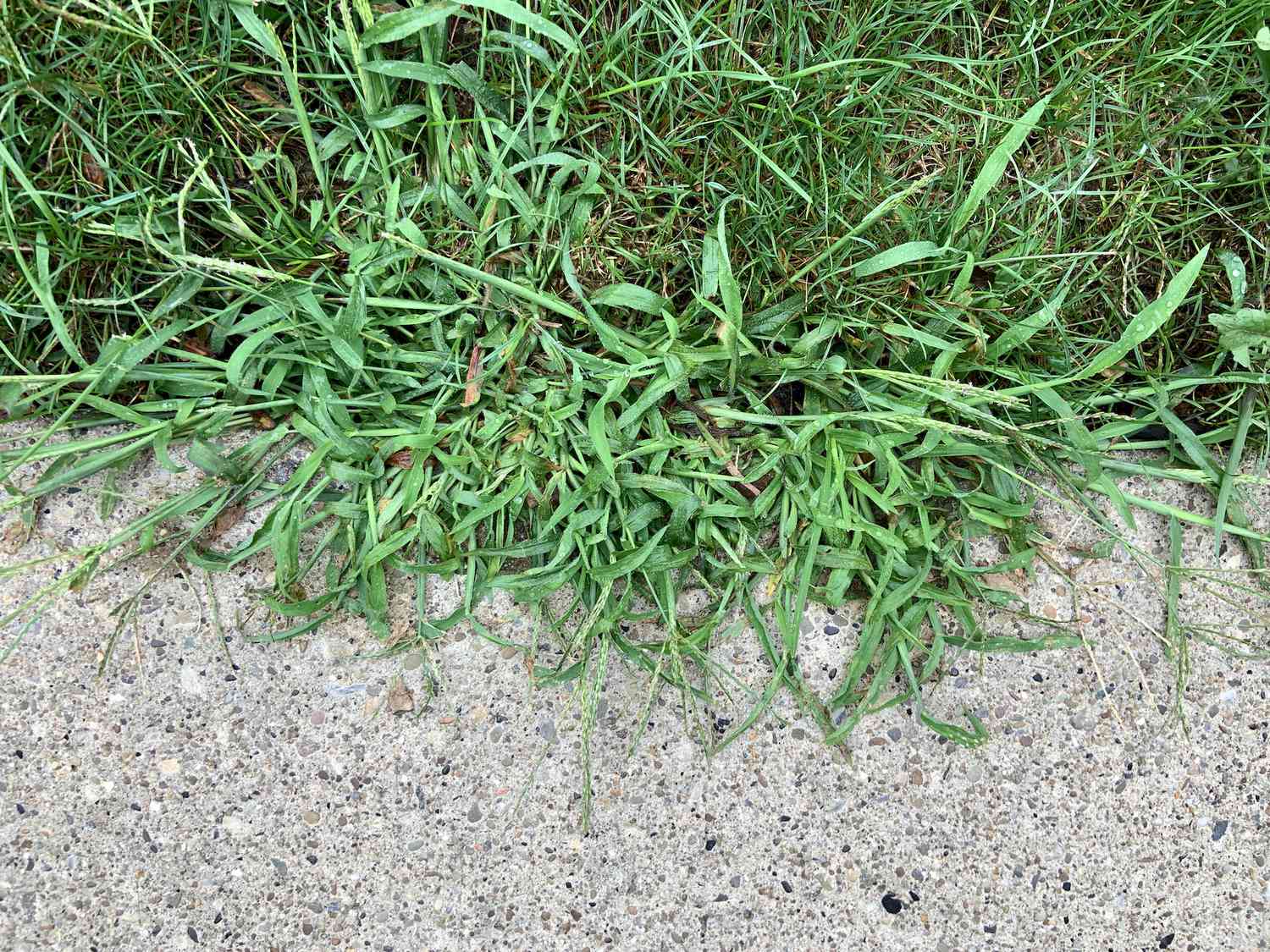
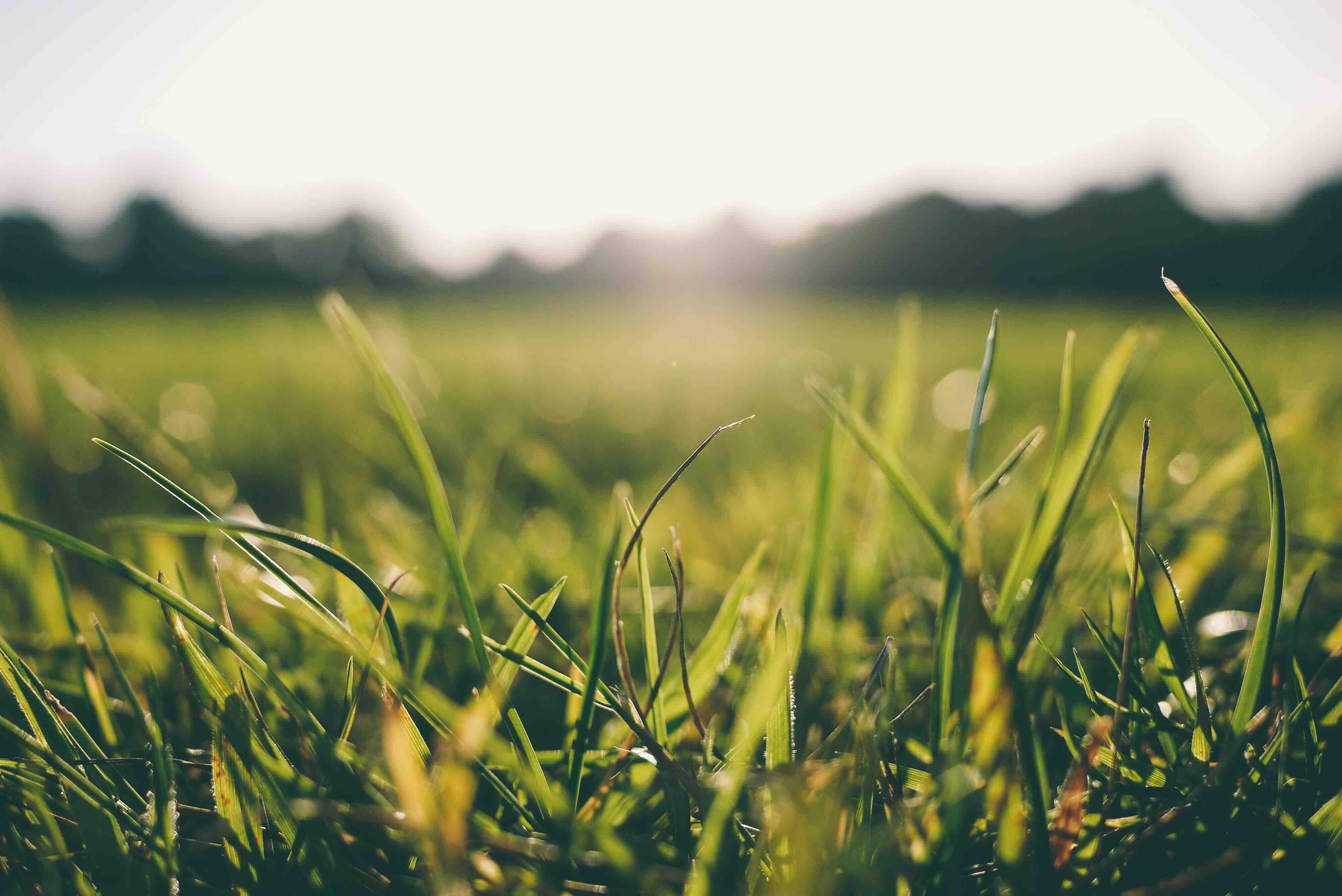
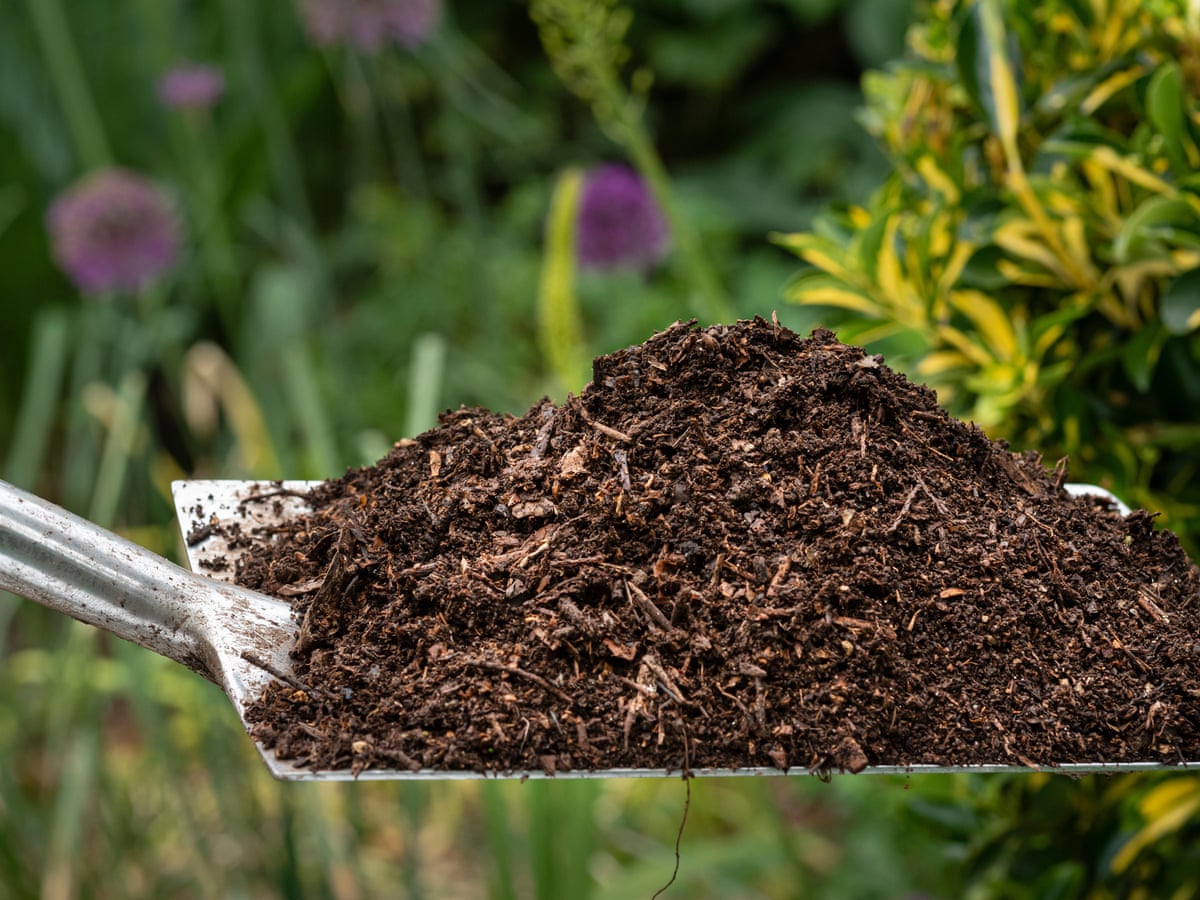
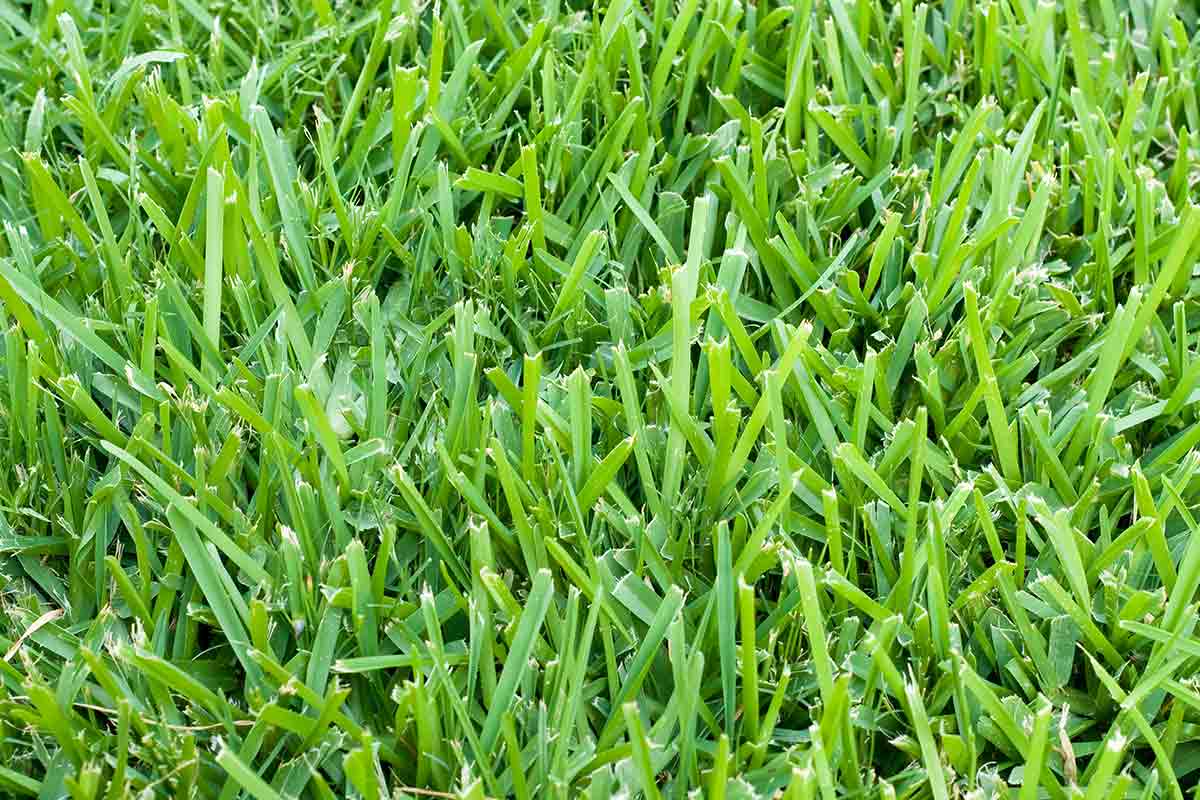
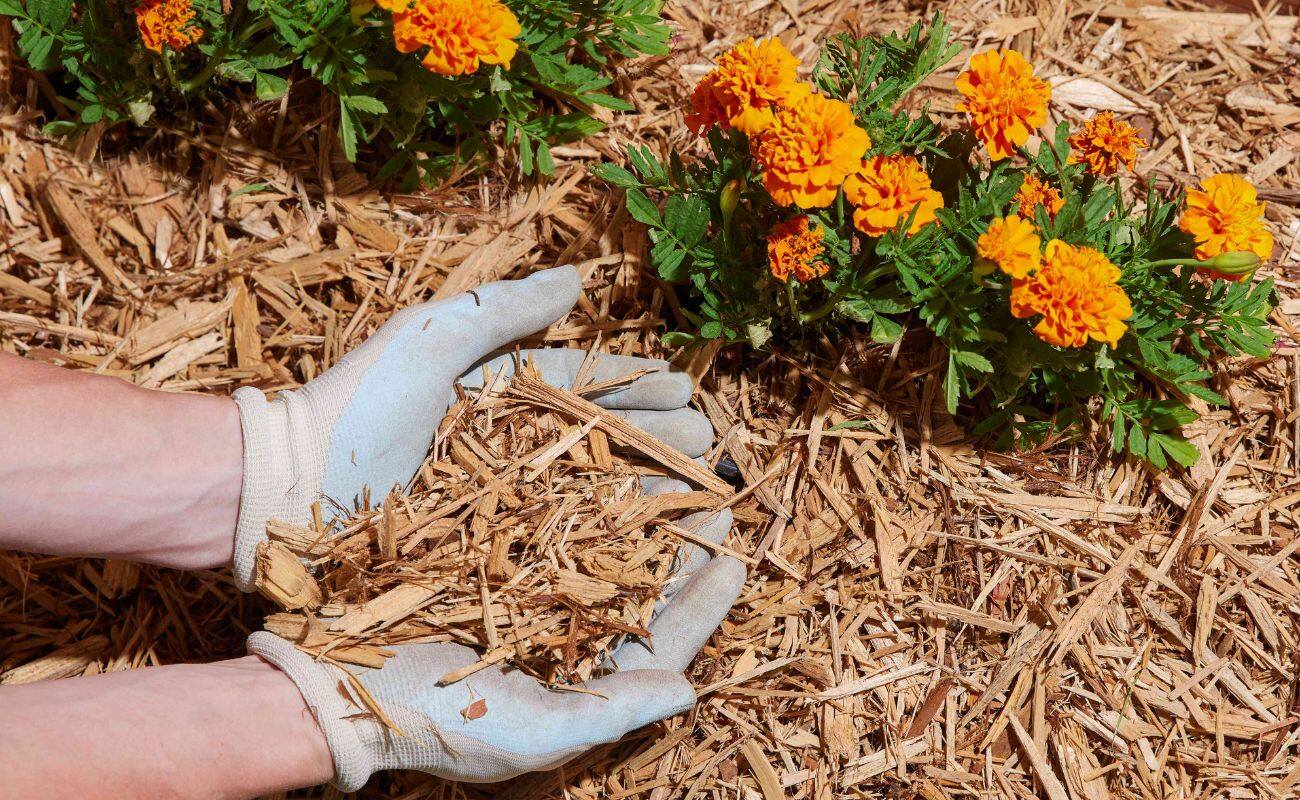
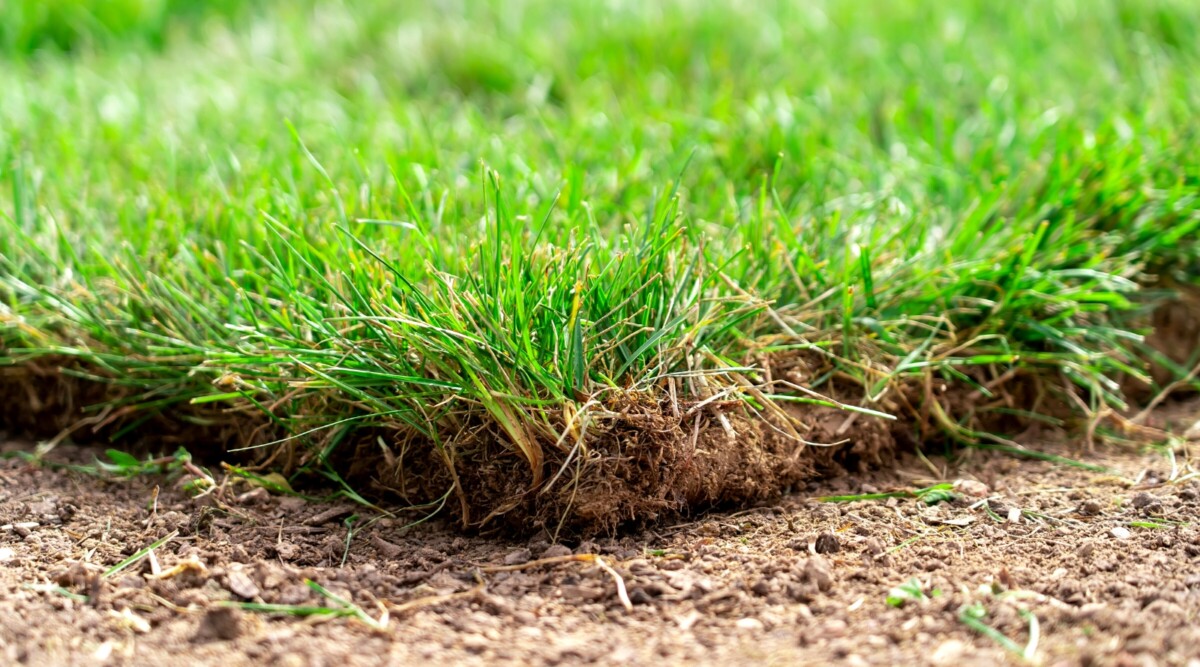
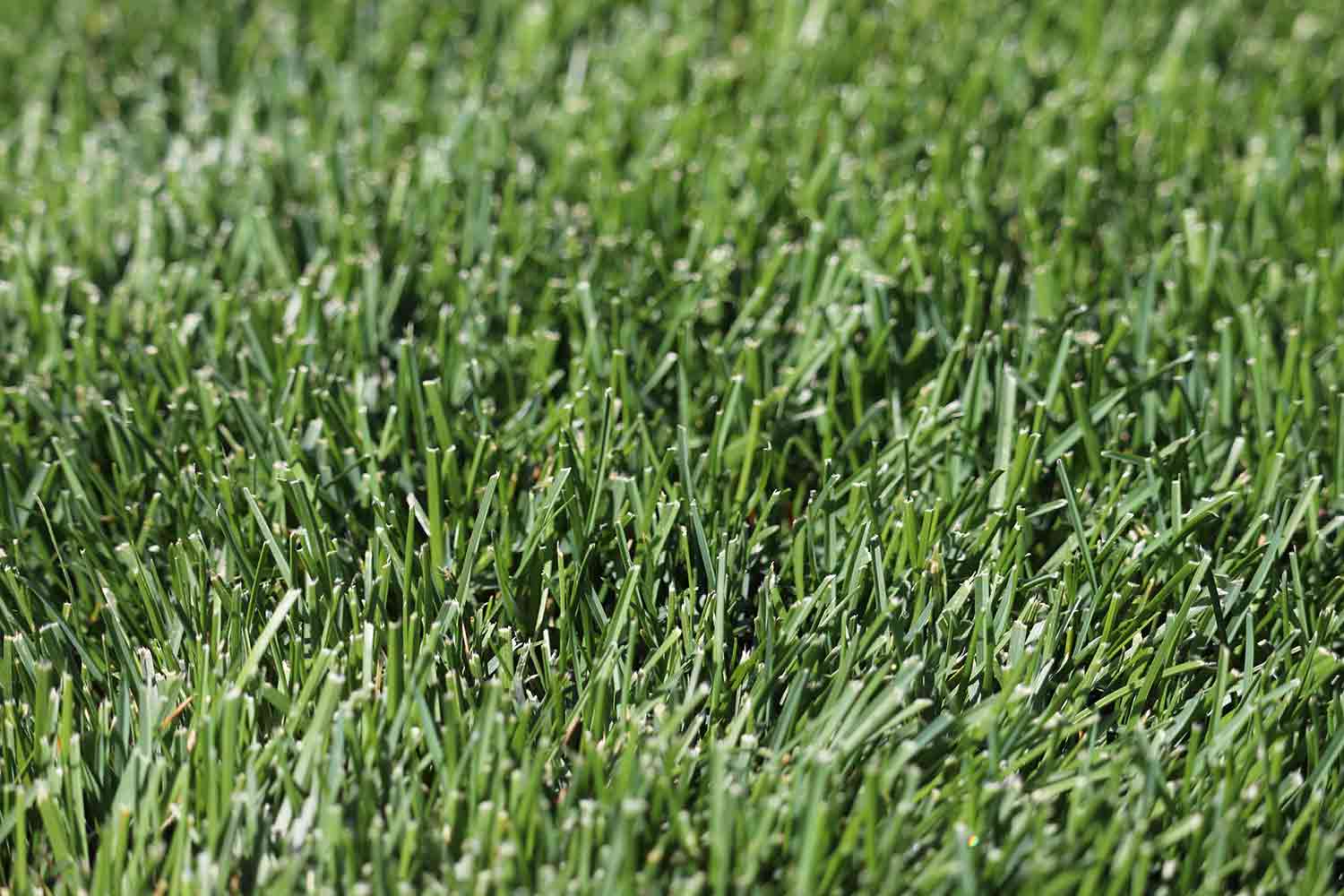
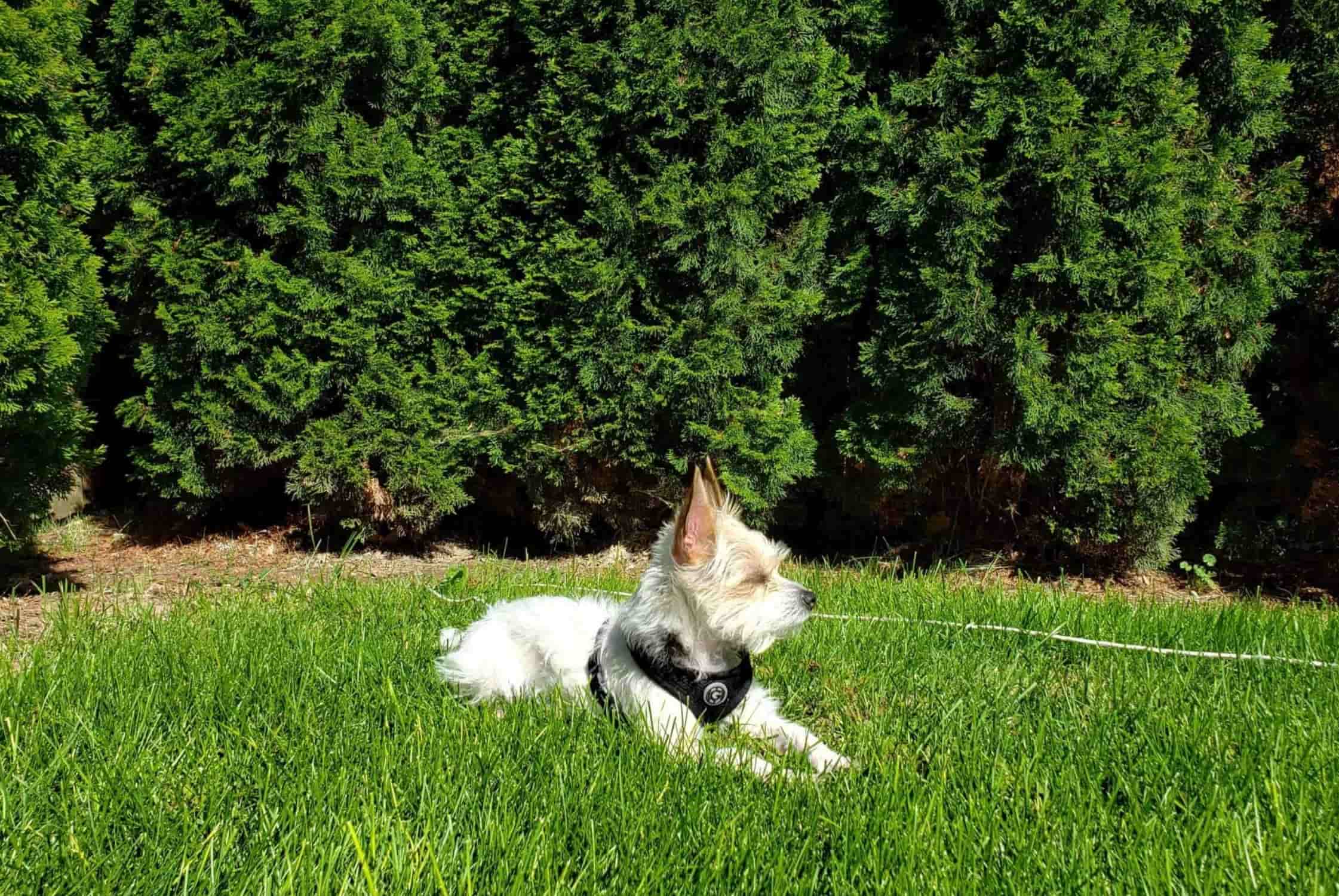
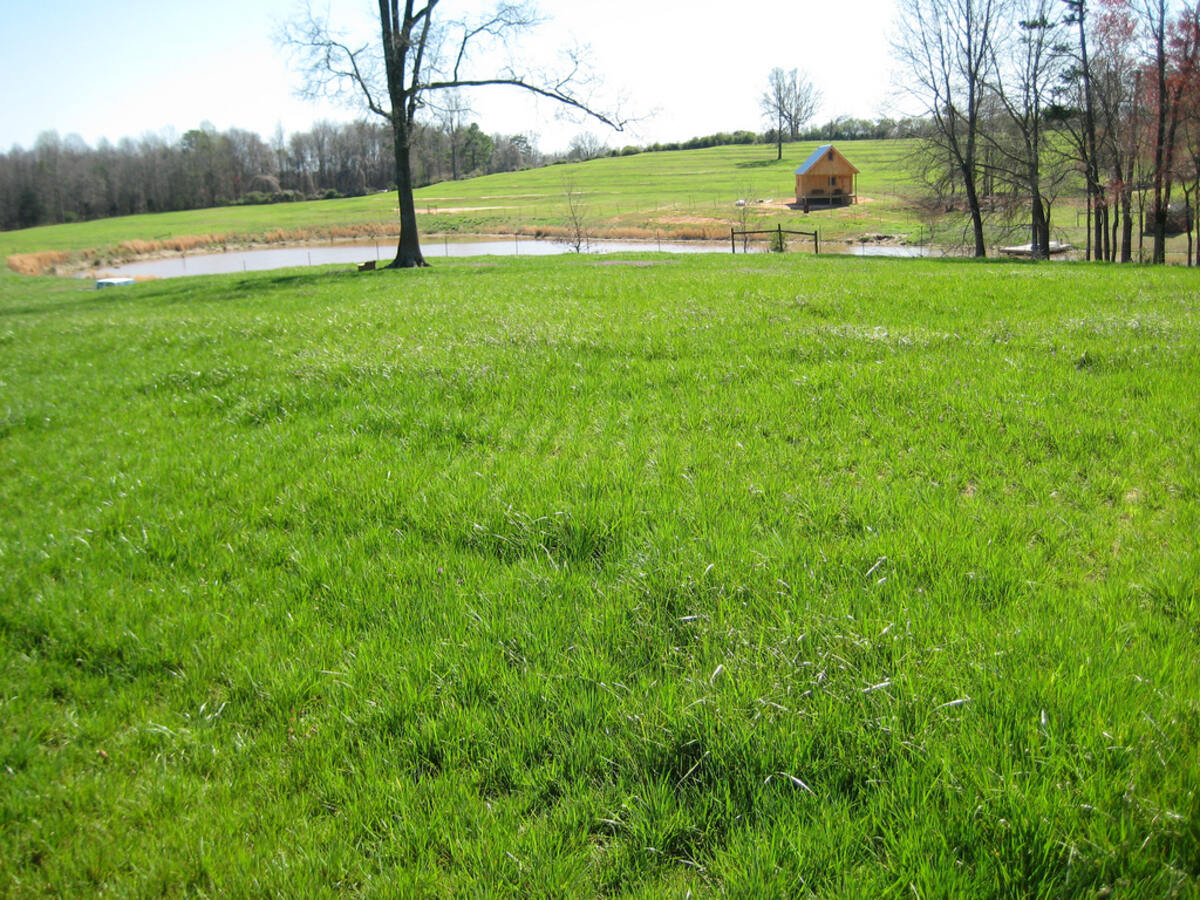
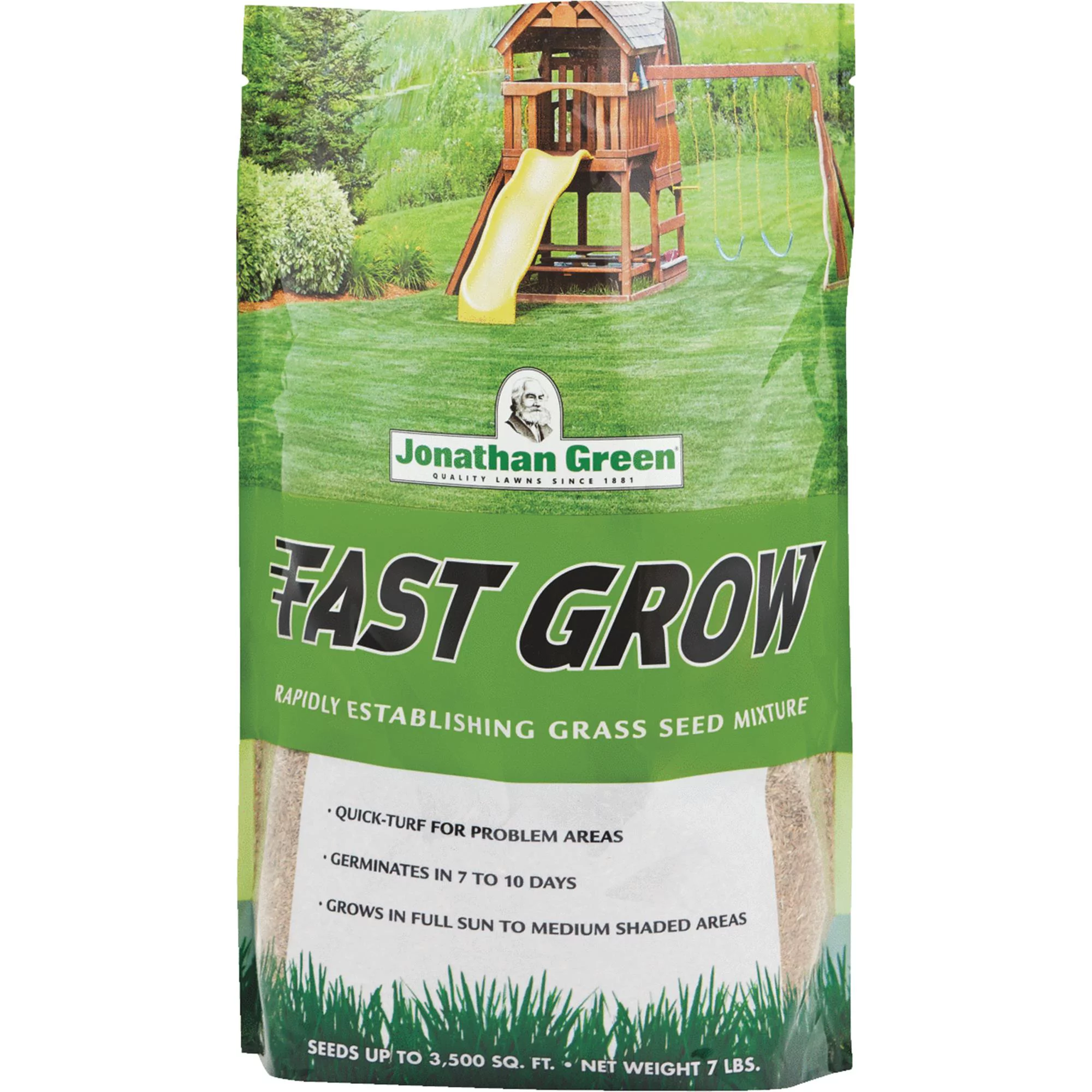
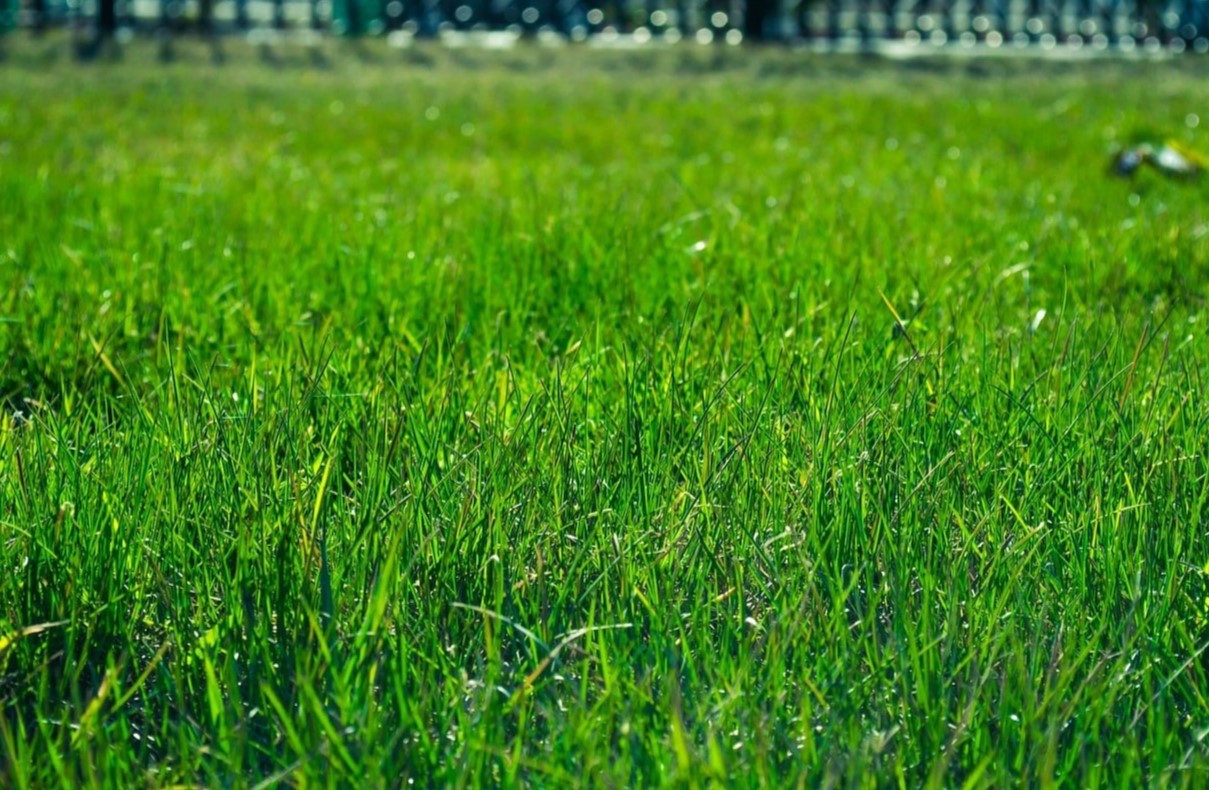
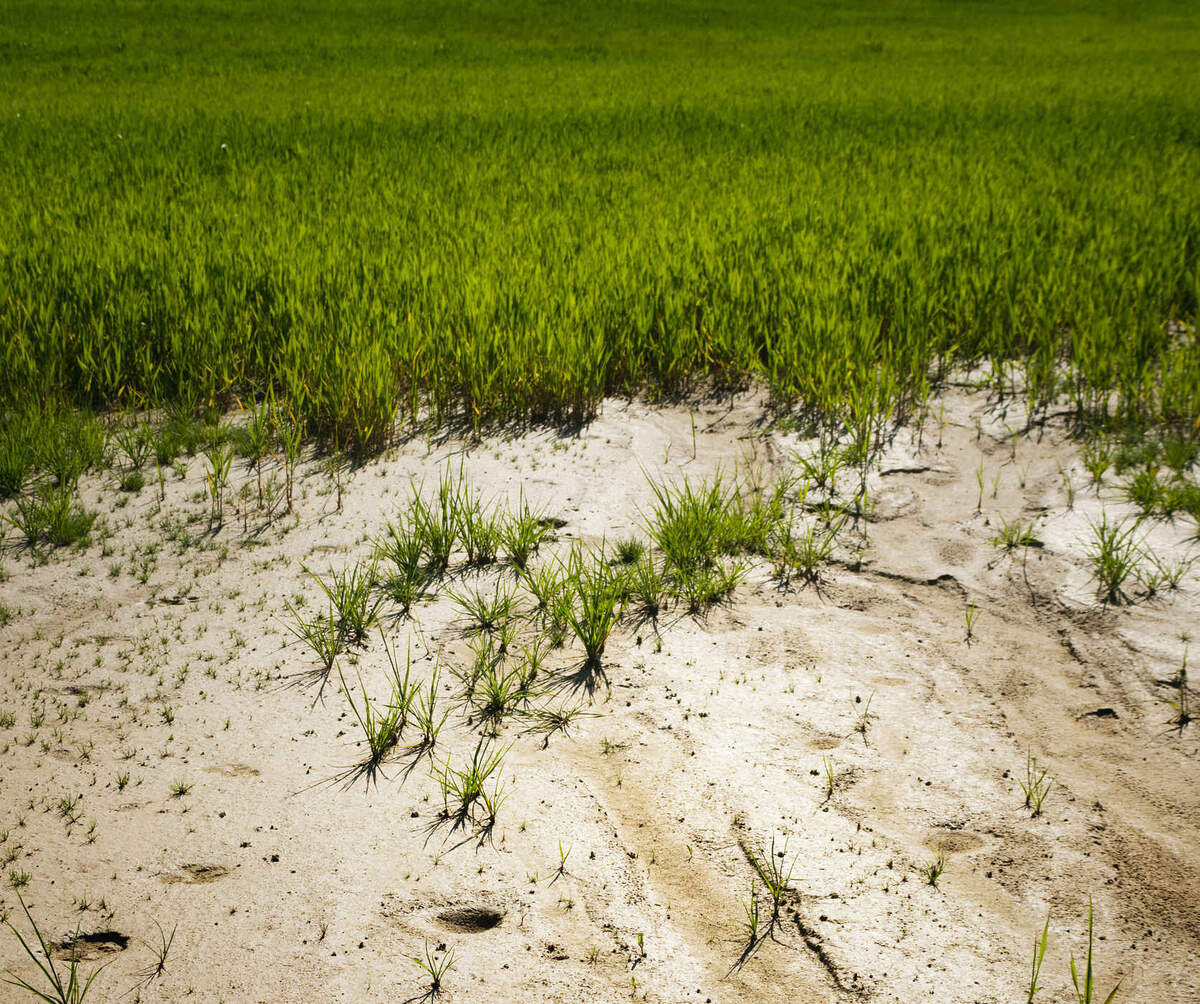
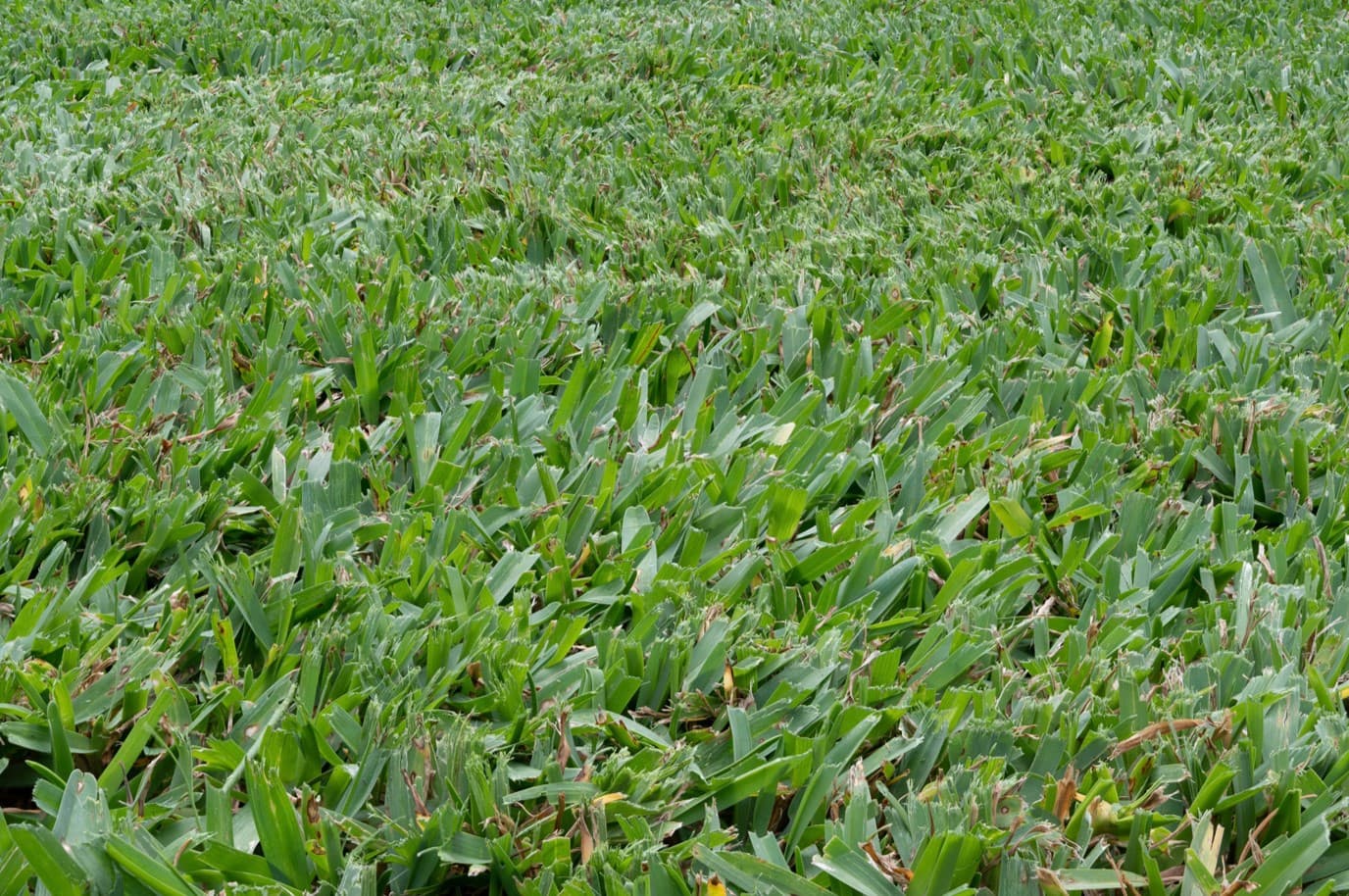
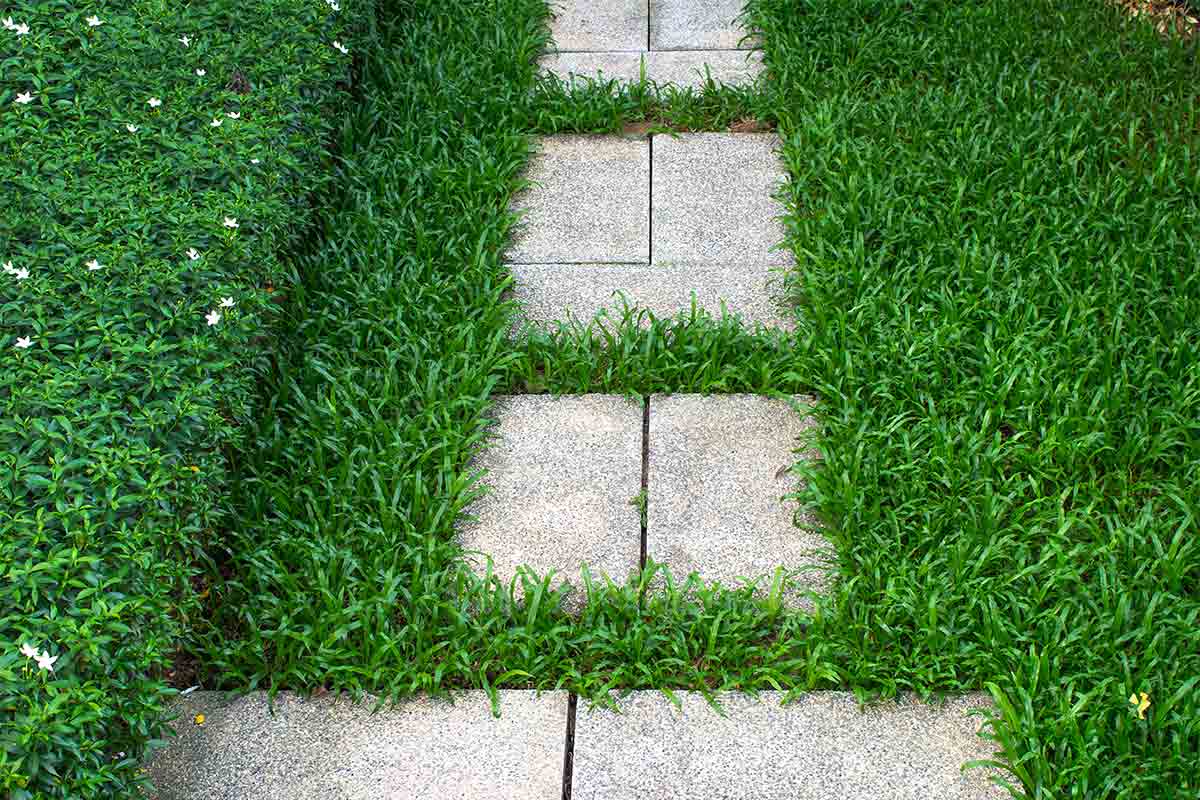

0 thoughts on “What To Grow Instead Of Grass”